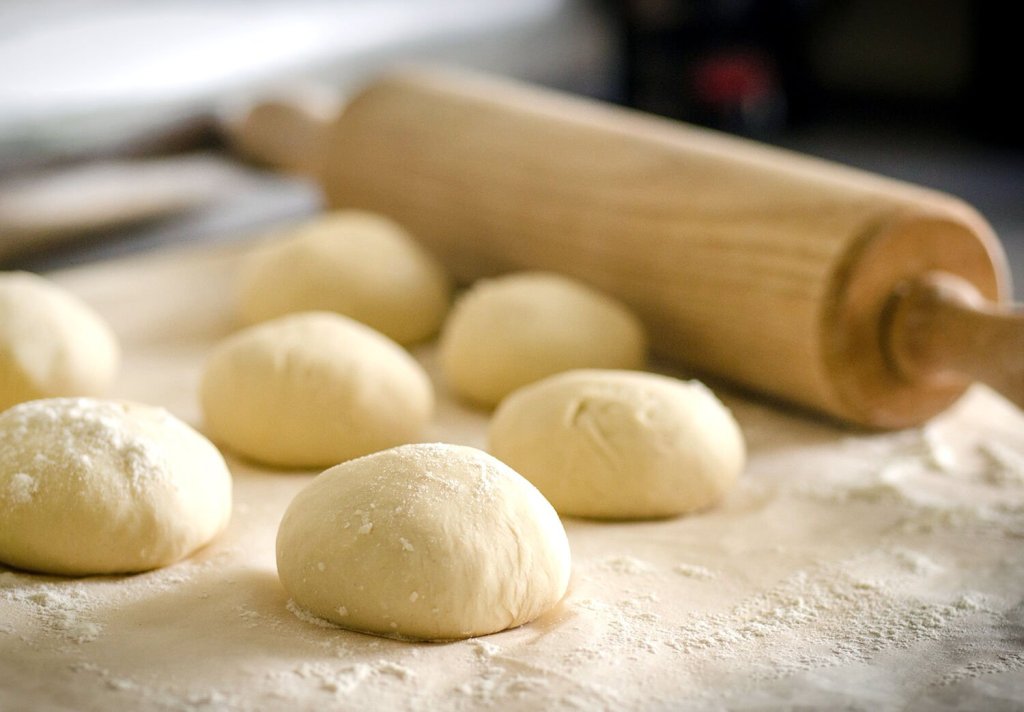Why does pizza taste so good? We investigate
Published 4:30 pm Monday, February 7, 2022

- Lactic acid developed as dough rises gives pizza a tang that complements its fattiness.
Have you ever met a person who doesn’t like pizza? Chances are, you’re more likely to encounter those who rate pizza as their favorite food than you are to find someone who doesn’t like it at all. In Carol Helstosky’s book “Pizza: A Global History,” the author writes that the invention of pizza dates back to the 1700s in Naples, Italy.
Born from utility, pizza was a simple way to take flatbreads made in outdoor ovens and top them with ingredients readily found locally (like cheese from the surrounding Campana region and tomatoes) for a quick, portable meal that could be eaten sans utensils. Within a century, Italian royalty embraced pizza and it became a court favorite; soon, the rest of the world came to understand the perfection of pizza.
Trending
But why does the flavor combination of pizza work so well?
It comes down to chemistry: The flavonoids and synthesizing of molecular components of pizza make it delicious and physically cause our mouths to water with each bite. No, it’s not just your imagination! That Pavlovian reaction is based around a few simple elements.
Glutamate: an amino acid (one of the building blocks of DNA) is found in every pizza ingredient and is a critical component in giving pizza its flavor. Glutamate is found in protein-rich foods like wheat flour, cheese, meat and some vegetables. According to the USDA, cheese and tomatoes have some of the highest natural levels of glutamate in food. Monosodium glutamate, otherwise known as MSG, is derived from natural glutamates and is used as a flavor booster for many foods, often providing a umami flavor to savory recipes.
Glutamate is also produced in the body and some studies show that glutamates create a sated feeling when consumed. The body craves food with high levels of glutamate, and few foods have as much of it as pizza.
Caramel and carbon: Technically speaking, the process of synthesizing sugars into caramel is called the Maillard reaction. Named for Louis-Camille Maillard in 1912, the reaction is a browning process where sugar and carbohydrates bind with lipids (fat) and amino acids (protein) under direct heat to create carbon and make things char. This is why a steak cooked over an open flame often tastes better than steak that has been boiled.
The hotter the oven, the more rapidly the reaction occurs. That is partly why pizza cooks at such a high temperature. The Maillard reaction creates that classic char on the bottom of the crust and caramelizes the sugars and proteins in sauce and cheese which equals deliciousness.
Trending
Pizza perfection: Easy, homemade dough and sauce recipes
Fermentation: All pizza dough relies on yeast for a springy crust, but the best pizza shops rely on a slow, deliberate practice of letting pizza dough rise in a way that allows for lactobacillus bacteria. Where yeast creates the carbon dioxide that makes the crust rise, bacteria creates lactic acid, which gives it that sourdough-like tang that’s both sweet and acidic, helping to round out the fattiness and saltiness of pizza.
Other reasons why pizza tastes so good include the acid of tomatoes cutting through the richness of cheese and the fattiness of pepperonis.
Regardless of why, the alchemy that makes pizza taste so good is a formula for happiness, bite after bite.

